3. Spacecraft Design Drivers, Space and Orbit
3.3 Payload Design
The subject and payload are the most important design drivers as they are the reason the mission exists. The subject drives the location/orbit the spacecraft must go, the payload that must be accommodated, and all the subsequent design requirements that flow down into the spacecraft bus design. Classifications of payloads include observation, communications or navigation, in-situ, action at a distance, and human spaceflight [New SMAD]. The majority of CubeSat payloads are Earth observation, communication, navigation, science, and technology [Alen]; human spaceflight payloads and action-at-a-distance payloads are rarely accommodated on CubeSats. Observation payloads are self-explanatory as payloads that observe, typically through remote sensing. The subjects may be outward-facing toward deep space (on exoplanets, astronomical features, or our sun’s effect on space weather) and inward-facing toward Earth (on climate, surveillance, land surface mapping, or water bodies). These observational payloads function at different wavelength bands.

Communication payloads may be separated into unidirectional systems that gather information or two-way systems that gather but also transmit information. Navigation payloads track and transmit position information like the Global Positioning System or Software Defined Radio platforms. In-situ payloads measure signals in the environment directly that cannot be remotely sensed, like a magnetic field, gravity, or sample collection.
Artemis Kit Specific
We will focus on observational payloads as the Artemis CubeSat kit comes with a visible-IR camera. The Ke Ao team at UH Manoa wants to take a picture of Hawai’i (observation) from Low Earth orbit and transmit the picture back to the mission operators. The payload is a Raspberry Pi visible spectrum camera.
Before seriously considering the spacecraft bus subsystem design as a result of payload selection, look at the constraints of the payload design. There are four types of constraints: fundamental, technological, mission, and programmatic [NASA & NOAA]. Fundamental constraints include diffraction limit, photon noise, Nyquist limit, which all refer to laws of physics that limit observation. Some missions are impossible because of these fundamental limits, even if technology gets better over time. Technological limits stem from the ability of state-of-the-art detectors to measure the subject, capped by detector size and performance; optical form, figure, fabrication, and alignment, or processor speed. Outside the theoretical limits of observation, the detectors or optics that we manufacture are bound to perform less ideally. To constrain the technology further, the mission constraints adhere to size, weight, and power constraints due to spacecraft design and launch vehicle selection. Detectors or payloads may not be miniaturized any further without significant sacrifice to the mission performance. Finally, programmatic constraints, like cost, schedule, risk, and regulatory requirements, may break a mission that is fundamentally feasible, technologically feasible and closes in mission design. This sequence of constraints moves from the highest level of science to the physical and societal reality of spaceflight missions.
Artemis Kit Specific
For the Ke Ao project, the payload is not a past state of the art. The Raspberry Pi camera is technologically proven. The physical characteristics of the camera are well within reason for a 1U CubeSat mission and the program constraints are quite lenient as it is a vertically integrated project within a university environment.

Say you’ve found a payload that fits within all those constraints. Now you have the go-ahead to design the mission architecture. We’ve discussed solutions for the mission components but for the concept of operations, we’ll focus on mission lifetime and the sequence of events once the satellite reaches space.
Artemis Kit Specific
With the mission architecture defined, we can design spacecraft buses around the payload within the context of the operations and mission components. Regardless of the type of payload, the payload’s data, size, weight, and power (SWaP) requirements must be accommodated by the spacecraft bus design. The payload-spacecraft interface requirements for an observational payload reside in mechanical, thermal, electrical, and subject-specific accommodation requirements [NASA & NOAA]:
| Mechanical | Thermal | Electrical | Subject Specific |
| Size (Structures and Launch Vehicle) | Conducted and radiated heat flux to/from the payload (Thermal) | Power requirements (Power) | Sensor orientation and clear fields of view (Structures) |
| Mass (Structures and Launch Vehicle) | Thermal gradients and baseplate distortion (Thermal and Structures) | Output data rate and storage (CDH) | Pointing stability, agility (ADCS) |
| Moments of inertia (Structures) | Command, control, and telemetry (Communications and Ground Segment) | Contamination: particulates, outgassing (Environment Testing) | |
| Uncompensated momentum (ADCS) | Electromagnetic interference (Environment Testing) | Level of autonomy and operations (Mission Architecture) | |
| Launch loads (Environment Testing and Launch Vehicle) | |||
| Disturbances (Environment Testing and Orbit) |
Each spacecraft bus subsystem and peripheral mission component is mentioned at least once in the payload accommodation requirements table. The spacecraft bus subsystems are affected by the payload in the following ways:
-
- Structures: the payload could require
- a certain orientation within the spacecraft frame (facing away from the spacecraft center)
- an unobstructed view into the space environment (most optics)
- accommodation of specific size and weight
- active mechanisms or deployable (like an extendable boom)
- Structures: the payload could require

-
- Power: the payload could require
- an orbit average and peak power on the power distribution (wire harnessing, motherboard, and daughterboard control)
- a specific amount of power generated and/or stored (solar array and battery size)
- voltage conversion and limits (circuit board design)
- current regulation or limits (circuit board design)
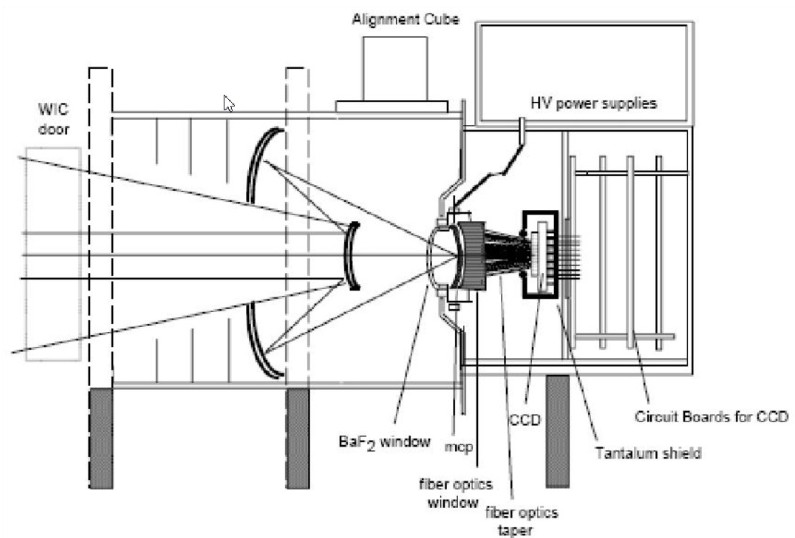
Schematic view of the Wideband Imaging Camera (WIC) instrument, showing the placement of the power supply with respect to the instrument. Image courtesy of UCB/SSL.
- Command and Data Handling: the payload could require
- processing speed (on-board computer processors; CPUs and GPUs, RAM)
- data storage (on-board computer memory; SD card or hard drive)
- specific data format (image, frequency spectra)
- bandwidth or data rate to transfer across the network (RAM and software algorithm to prevent bufferbloat)
- data resolution (the number of significant figures in measurements to retain)
- Power: the payload could require
-
- Communications: the payload could require
- a link budget that closes and has margin (communication reliability and two-way transmission)
- Command uplink data rate (critical operating modes during mission sequence)
- Telemetry downlink data rate (prevent onboard memory from overflowing)
- Communications: the payload could require
-
- Attitude Determination, Control, Navigation, and Sensing: the payload could require
- accuracy and precision pointing, slewing, or tracking maneuvers (momentum control systems)
- specific resolution of attitude or position estimate (estimation algorithms, sensors)
- Attitude Determination, Control, Navigation, and Sensing: the payload could require
Suggested Reading

-
- Thermal: the payload could require
- a specific thermal operating range (optics like to be cold)
- structural stability due to temperature (materials resistant to thermal expansion or temperature maintenance)
- Thermal: the payload could require

-
- Propulsion: the payload could require
- stationkeeping (intermittent correction of the orbit)
- orbit changes (delta-V and propellant budget)
- Propulsion: the payload could require

For a list of other payloads, compiled by David Doody:

Artist rendition of Deep Space 1. Image courtesy of NASA.
- Voyager Science Instruments

Voyager spacecraft equipment. Image courtesy of NASA. - Galileo Science Experiments
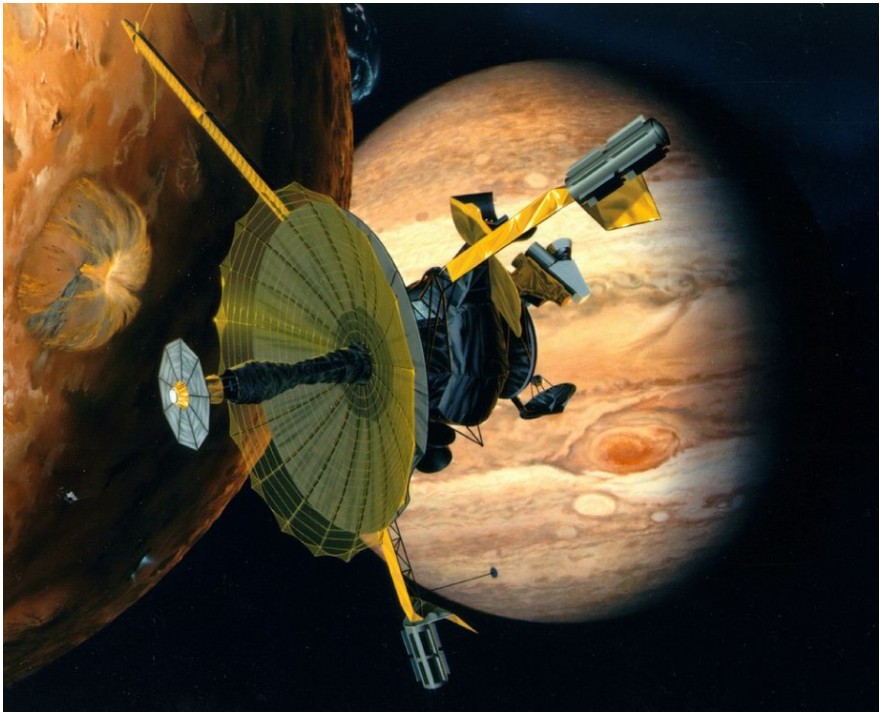
Artist’s rendering of the Galileo science experiment. Image courtesy of NASA. - Cassini Science Instruments

Cassini Orbiter mission instrument. Notice the humans for size reference. Image courtesy of NASA. - Huygens Science Instruments

The Huygens probe is a scale 1 replica. Image courtesy of NASA - Mars Global Surveyor Science Instruments
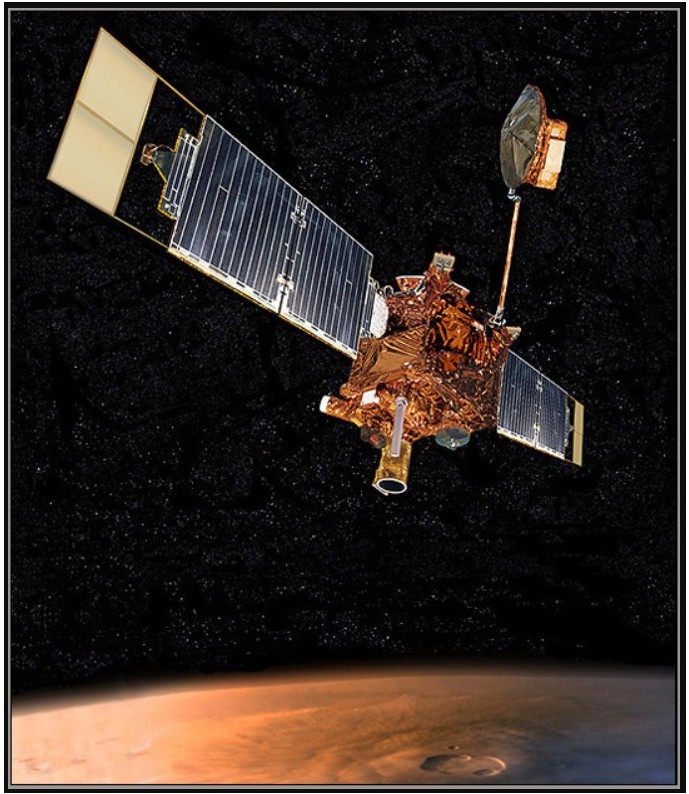
Mars Global surveyor. Image courtesy of NASA. - Mars Express Science Instruments

- New Horizons Science Instruments

New Horizons Instruments. Image courtesy of NASA/Johns Hopkins University Applied Physics Laboratory/Southwest Research Institute - Venus Express Science Instruments

Venus Express Science Instruments. Image courtesy of ESA - Messenger Science Instruments

Messanger Science Equipment. Image courtesy of John Hopkins Applies Physics Laboratory and NASA - Ulysses Science Instruments

Artist’s rendering of Ulysses spacecraft. Image courtesy of NASA. - Mars Exploration Rover (Spirit, Opportunity) Science Instruments

An artist’s concept portrays a NASA Mars Exploration Rover Opportunity. Image courtesy of NASA. - Mars Pathfinder Science Instruments

Mars PathFinder Science Instrument. Image courtesy of NASA - Alpha-Particle X-ray Spectrometer

Alpha-Particle X-ray Spectrometer. Image courtesy of NASA - CRS (Cosmic Ray Subsystem)

Cosmic Ray Subsystem. Image courtesy of NASA. - EPD (Energetic Particles Detector

Energetic Particles Detector (EPD). Image courtesy of NASA. - Heavy-ion counter

Heavy Ion Counter. Image courtesy of NASA and CAL. - INMS (Ion and Neutral Mass Spectrometer)

Ion and Neutra mass spectrometer as shown on the Cassini mission. Image courtesy of NASA. - GCMS (Gas Chromatograph Mass Spectrometer)

Image courtesy of NASA. - Wide-angle (Voyager’s Wide Angle Camera

Voyager one. Image courtesy of NASA. - Narrow-angle (Voyager’s Narrow-Angle Camera)
- MRO (Mars Reconnaissance Orbiter)
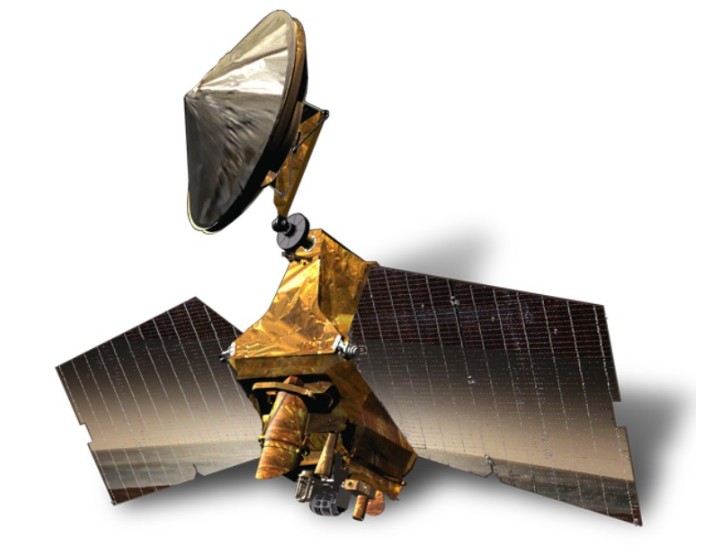
MARS Reconnaissance Orbiter. Image courtesy of NASA. - MIMI (Magnetospheric Imaging Instrument)
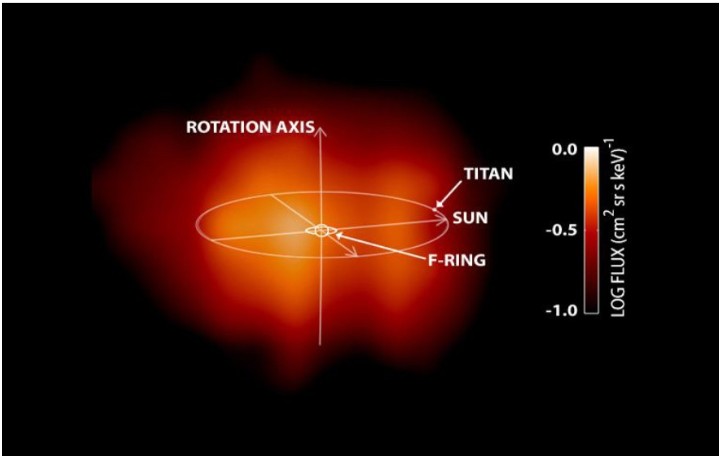
Magnetospheric Imaging Instrument (MIMI). Image courtesy of NASA. - MIMI’s view of Jupiter

MIMI’s view of Jupiter. Image courtesy of NASA. - MIMI’s view of Saturn

MIMI’s view of Saturn. Image courtesy of NASA. - Photopolarimeter

Photopolarimeter and other various equipment as used on Voyager. Image courtesy of NASA.














